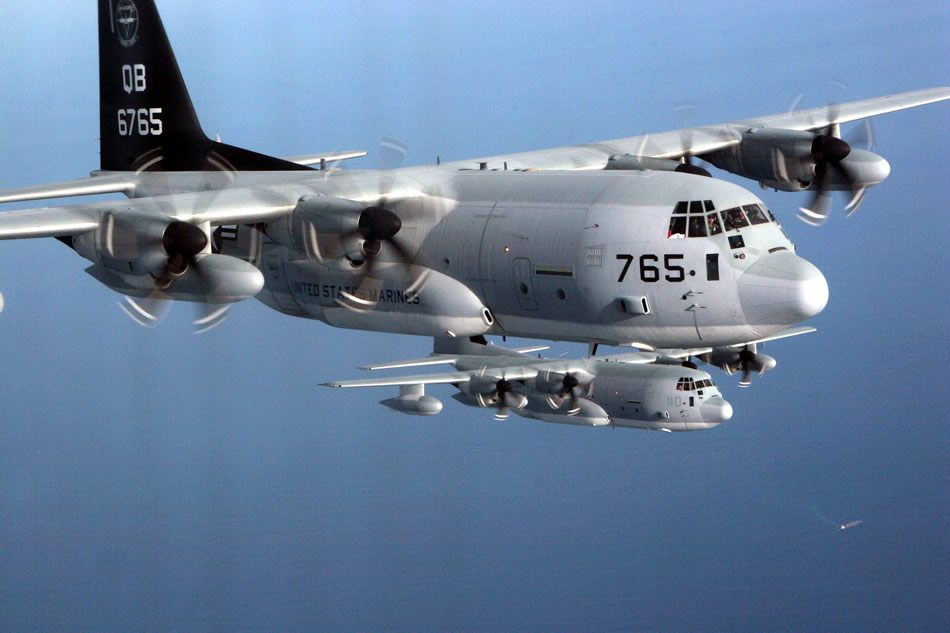The Missile Defense Agency awarded Lockheed Martin a $528 million contract in December 2015 for production and delivery of interceptors for the Terminal High Altitude Area Defense (THAAD) system. The new interceptors will support a growing number of U.S. Army THAAD units.
THAAD is a key element of the Ballistic Missile Defense System (BMDS), and is highly effective at protecting America’s military, allied forces, citizen population centers and critical infrastructure from short- to medium-range ballistic missile attacks.
“Our THAAD interceptors are on the cutting edge of missile defense technology. With advanced range, agility and accuracy, our interceptors are fully capable of defeating dangerous missile threats today and into the future,” said Richard McDaniel, Lockheed Martin’s vice president for the THAAD system. “Our focus on affordability, coupled with efficiencies of increased volume, is providing significant cost-savings opportunities to meet growing demand from the U.S. and allies around the globe.”
THAAD interceptors employ Lockheed Martin’s proven “hit-to-kill” technology to destroy missile threats inside and outside the atmosphere. The system is rapidly deployable, mobile, and also interoperable with all other BMDS elements, including Patriot/PAC-3, Aegis, forward-based sensors and the Command, Control, Battle Management and Communications system. These unique capabilities make THAAD an important addition to air and missile defense architectures around the world.
The U.S. Army activated the fifth of seven programmed THAAD batteries at the end of 2015. Lockheed Martin delivered the 100th THAAD interceptor earlier in 2015. The United Arab Emirates was the first international partner to procure the THAAD system with a contract awarded in 2011.
Headquartered in Bethesda, Maryland, Lockheed Martin is a global security and aerospace company that – with the addition of Sikorsky – employs approximately 126,000 people worldwide and is principally engaged in the research, design, development, manufacture, integration and sustainment of advanced technology systems, products and services.











